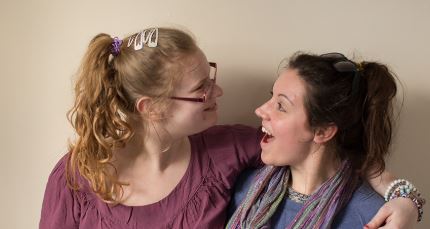
“Inclusion is not simply about physical proximity. It is about intentionally planning for the success of all students (1).”
A child on the autism spectrum is three times more likely to be excluded from school than a child who has no special educational needs (2). In the space of seven years, the number of autistic children excluded from school more than doubled (3). This is why last year’s landmark review of school exclusions by former children’s minister Edward Timpson, was so welcome.
The review looked at why the number of exclusions is rising, and crucially why some groups of children - including autistic children – are at particular risk of being excluded, and what needs to change (4).
The Timpson report recognised that taking the decision to exclude is not an easy one for head teachers. On the one hand, they need to make sure that schools are calm, safe places for everyone. But on the other, they have to consider the damaging effects that exclusion can have on a child, affecting not just their educational outcomes but also their mental health and future life chances.
Timpson and others have focused, understandably, on strategies to reduce exclusion. But we can do better, by actively making sure we include every child, in every classroom and every school.
What is autism?
Autism is a lifelong disability which affects how people communicate and interact with the world.